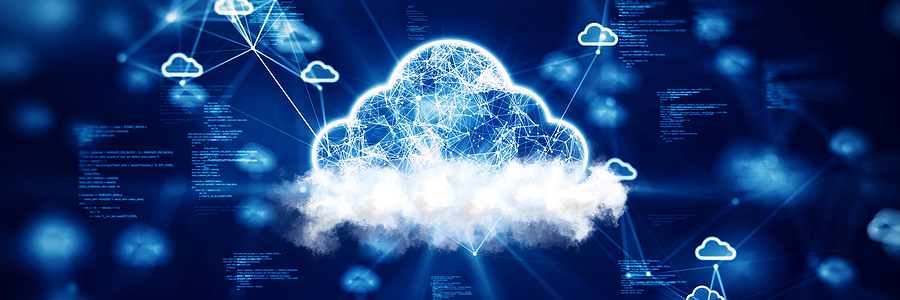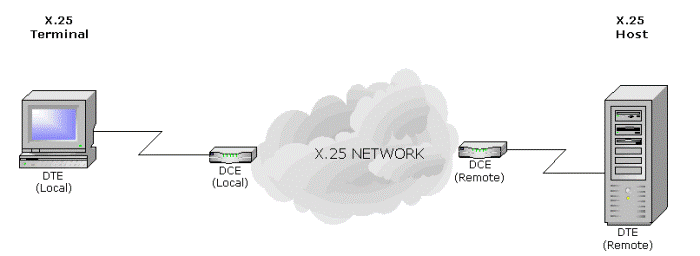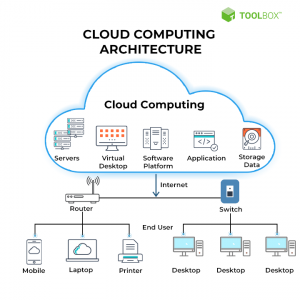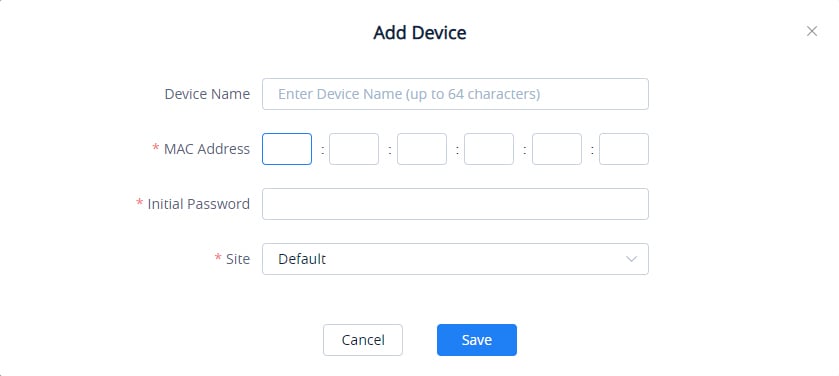Cloud computing is among today’s fastest-growing industries. According to Allied Market Research, the worldwide cloud services market is valued at $369 billion. I believe that is six zeros. The industry is expected to reach up to $1.6 trillion (that’s more zeros than I can count) by 2030, growing 15% per year.

What is it? So, what exactly is “The Cloud?” Don’t let the term scare you. Dumbing it down, the short answer is basically, the cloud is the Internet. Or more specifically, computer-based services, delivered over the Internet. Of course, there’s a little more to it than that. . .
>>Let Patton show you a live demo of the Patton Cloud,
email sales@patton.com
Tech History. Hailing back to the old days, during the 1970s and 1980s, we had X.25, a data communications protocol also known as packet-switching. The X.25 specification defines the interface between a subscriber (DTE – data terminal equipment) and the network (DCE – data circuit-terminating equipment). The DCE is a device on the network edge. X.25 that provides an interface to the WAN – wide area network- a.k.a. the cloud. The X.25 protocol does not specify how the WAN operates internally.

So, during those times, “the cloud” became a popular idea in the data-communications field. The term signifies a collection of interconnected computers that provide electronic communication services—in other words, the wide area network (WAN). The cloud is opaque. You can’t see into it. And you don’t really care—or need to know—what’s in there. As long as your email gets to the right person. Or, fast-forward in tech history, your VoIP phone call goes through.
Eventually, X.25 evolved into the Internet Protocol (IP), and “the cloud” became the Internet. Or else a private corporate network (private cloud). Sort of.
New Protocols. Designed to operate over noisy POTS, ISDN, or leased-line telephone cabling, X.25 was reliable but slow. As cabling technology improved—most notably fiber optics—faster protocols (first frame relay, and then IP), became viable.

Cloud computing allows users (organizations and individuals to minimize the upfront cost of IT infrastructure and enables flexible capacity for storage, computing power, communication, and several other tech-related resources.
Accelerated in part by the work-from-home movement, as well as the expanded computing capabilities enabled by the cloud, enterprises are rapidly adopting the computing paradigm.
Three kinds. So in today’s world, there are three main categories for cloud computing services—i.e. “The Cloud.”
- Infrastructure as a Service (IaaS) – the IaaS provider offers hardware-based information technology (IT) services. Computing power, information storage, and servers. The idea is essentially the same as the old-fashioned time-sharing arrangements. The difference is you access the service over the Internet. This service model allows the user to scale hardware requirements up or down, without having to purchase, own, maintain, repair, and eventually dispose of the hardware. Sort of like leasing a car.
- Platform as a Service (PaaS) – the PaaS provides resources that software and application developers can rent instead of buy. The provider maintains software and hardware (servers) hosted in the cloud (which means, accessed over the Internet). The platform (environment) includes tools for users (subscribers) to develop, manage, and host their programs.
- Software as a Service (SaaS) – Instead of purchasing and maintaining servers to run the program, SaaS provides applications remotely, accessed through the cloud.
Patton offers two cloud services in the SaaS category at the present time:
- Network Edge Orchestration: manage your VoIP gateways and session border controllers (SBC) remotely, from anywhere in the world (with an internet connection).
>>Learn more about Network Edge Orchestration in this blog post:
The End of OAM: Alerting & Alarming in the Cloud
You can learn about the Patton Cloud in this video introduction:
- Virtual Customer Premise Equipment (vCPE): rent, don’t buy, software functionality such as VPN server, IP access router, IPv4 to IPv6 Network Gateway, and more—all delivered over the Internet (the cloud).
>>Learn more about vCPE in this blog post:
Virtual CPE: What is it? Why do you care?
>>Go Deeper: Also see this tutorial:
Network Function Virtualization (NFV) and
Software Defined Networks (SDN)
>>CASE STUDY: The Cloud in Real Life
How Patton Cloud Helped the National Carrier GO Malta
Deliver SIP Trunks with Reduced CapEx
What do you think?
- What did you learn about cloud computing technology?
- What do you consider the most valuable aspect of a cloud-based tool for All-IP carriers?
- To schedule a demo of the Patton Cloud,
email sales@patton.com
Add your thoughts in the comments below…
This article was sourced from Patton, https://blog.patton.com/index.php/2023/05/09/what-is-the-cloud/




